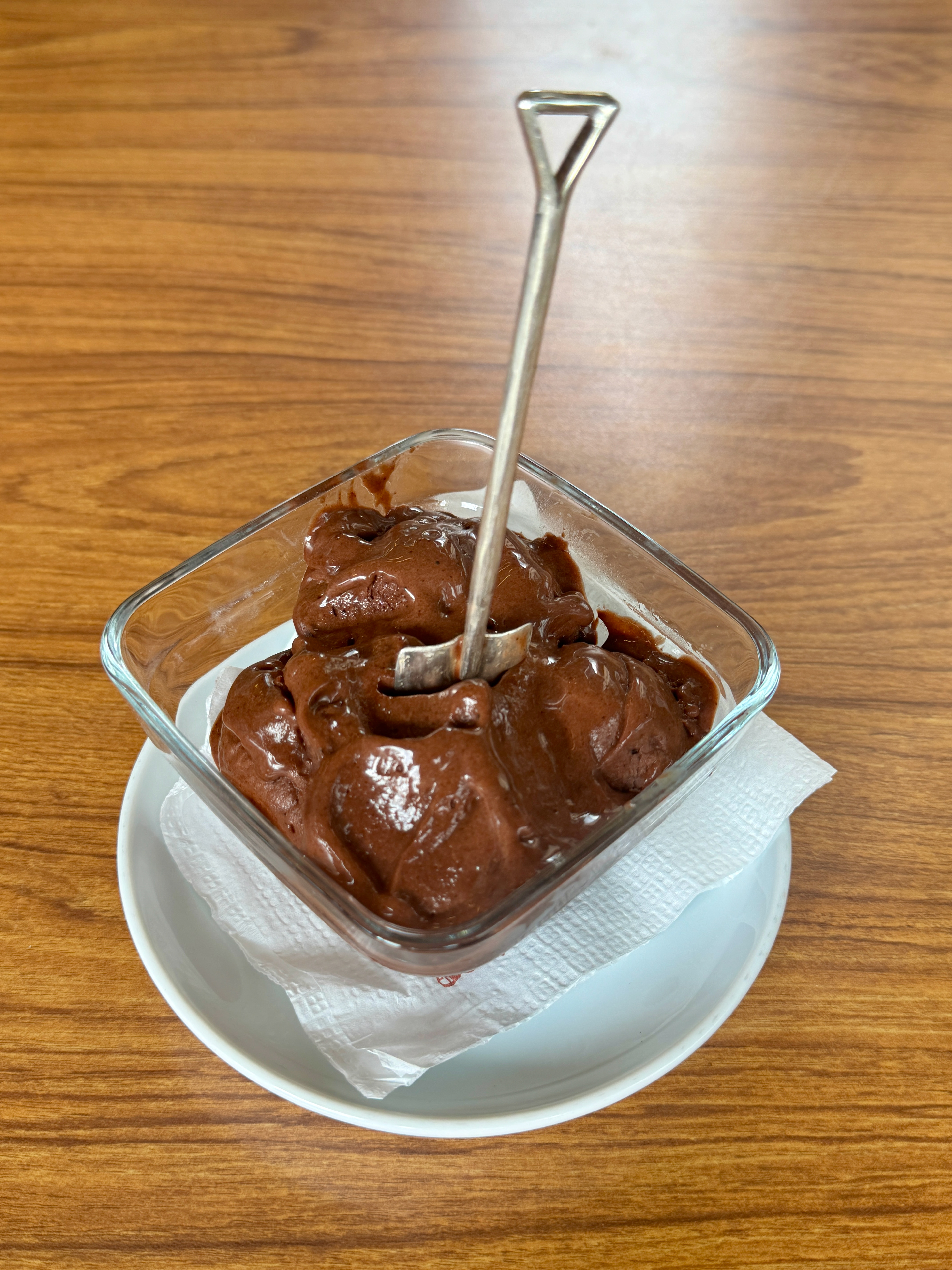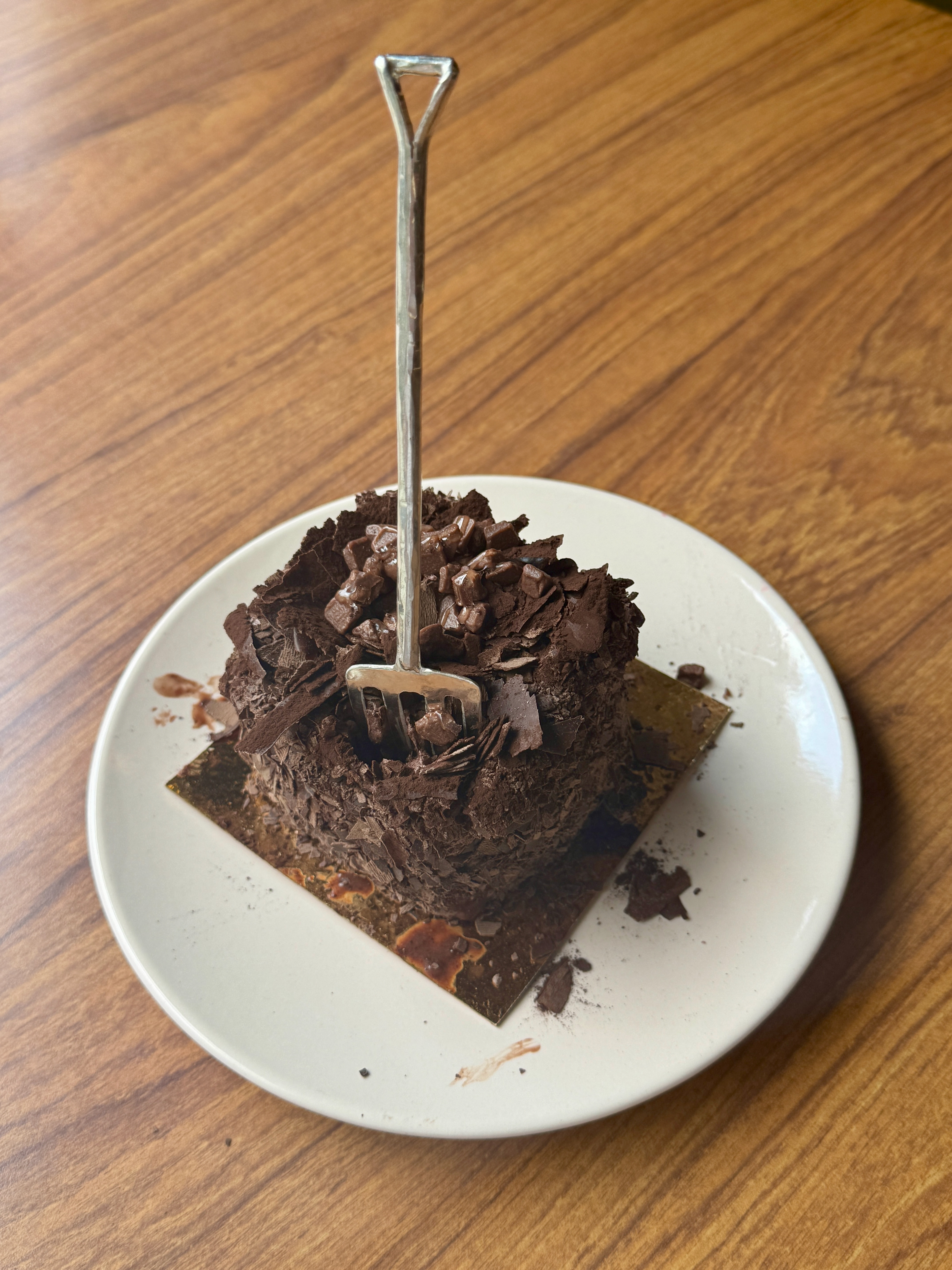Agricultura is a set of dessert cutlery made of sterling silver, comprising a fork and a spoon modeled after miniature farming tools—a garden fork and a shovel. By referencing the social connotations of silver cutlery, Agricultura destabilizes the symbolism of the “silver spoon,” and recontextualizes it through forms associated with manual labor, instead of wealth and privilege.
The silver spoon has long stood as a metaphor for inherited privilege, particularly the kind rooted in land ownership. For much of human history, land has functioned as the principal vehicle of wealth and power. Feudal systems, imperial expansion, colonial plantations, and extractive industries such as mining have all been predicated on the control of land—and, crucially, the labor of those who work it. In these contexts, land has often been conceived as the origin of value, while labor is rendered disposable. The fruits of the land accrue to those who own it, not those who till it.
Alternatively, modern economic thought—particularly since the Industrial Revolution, and the rise of Marxist theory and labor movements—has increasingly recognized labor as a generator of surplus value in its own right. The idea that individuals possess ownership over their own labor, and that labor has intrinsic worth, is therefore a relatively recent development. This historical tension between these two frameworks—land as a source of passive wealth, labor as a source of surplus value—continues to shape our institutions, economies, and ideologies.


By transposing utilitarian farming tools into the realm of fine dining and crafting them in a precious metal traditionally associated with elite consumption, Agricultura highlights this tension. It invites the user to consider the overlapping, and often conflicting, narratives that underlie systems of value: What is the relationship between land and labor? Who should reap the benefits of what is produced? Is surplus value a matter of ownership, effort, or extraction?
Agricultura functions as a material inquiry into this continuous struggle—one that challenges socio-economic frameworks and provokes reflection on the historical and ongoing entanglements between power, property, and production. In doing so, it challenges the viewer to reconsider what it means to hold a silver spoon.
